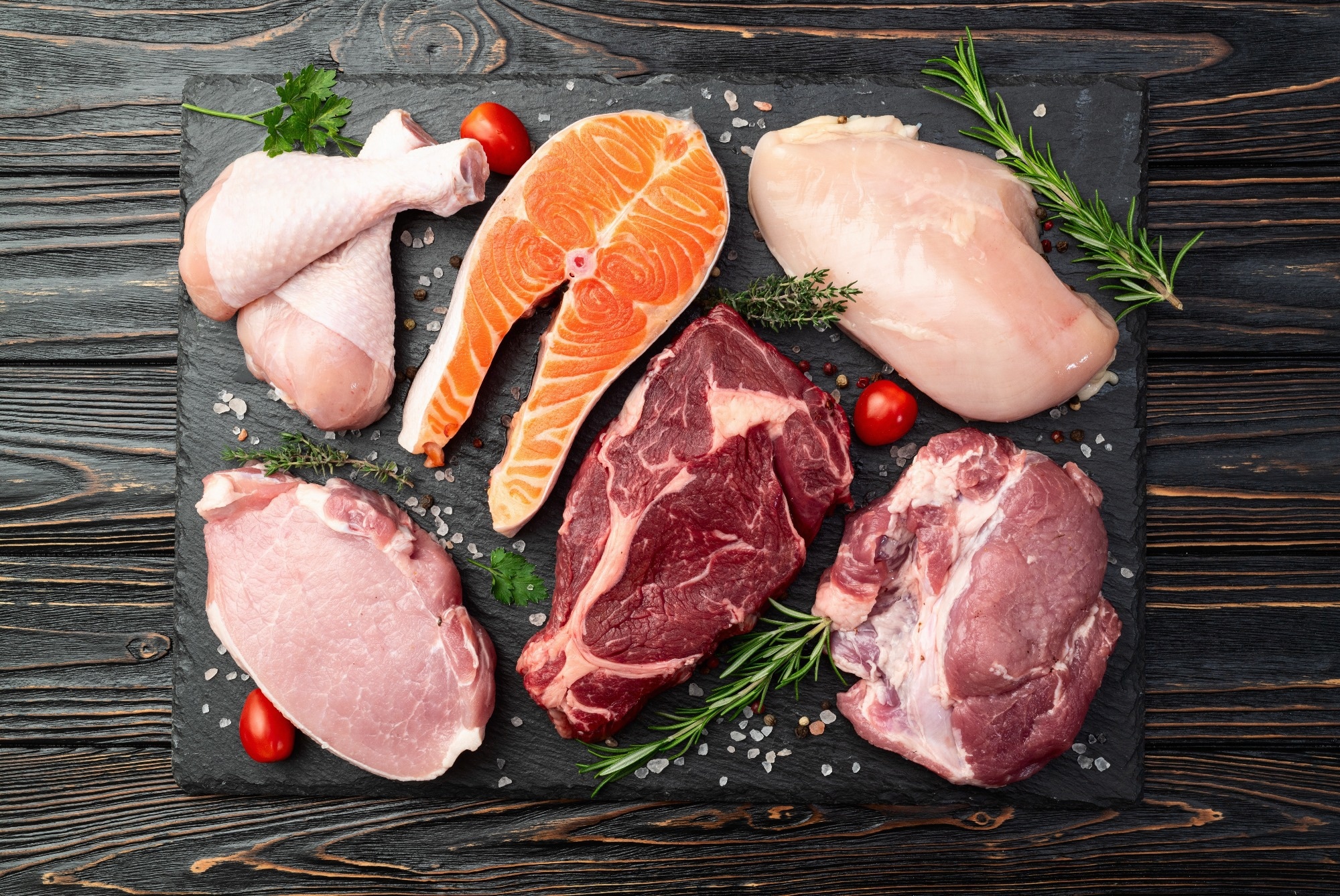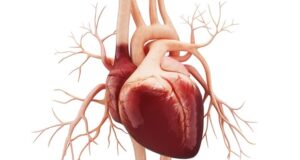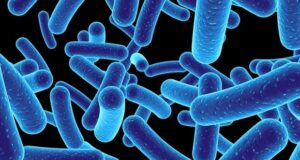Can cutting plants from your plate boost health—or does it leave critical gaps? A closer look at the carnivore diet’s nutrient profile reveals the risks and rewards.
 Study: Assessing the Nutrient Composition of a Carnivore Diet: A Case Study Model. Image Credit: AlexeiLogvinovich / Shutterstock.com
Study: Assessing the Nutrient Composition of a Carnivore Diet: A Case Study Model. Image Credit: AlexeiLogvinovich / Shutterstock.com
The carnivore diet may be beneficial to manage certain chronic conditions; however, it remains unclear whether it entails micronutrient inadequacies or facilitates a lower requirement of certain nutrients. A recent study published in the journal Nutrients explores the micronutrient composition and sufficiency of four versions of the carnivore diet as compared to national nutrient reference values (NRVs).
The carnivore diet and nutrient adequacy
The incidence of chronic metabolic disease continues to rise worldwide, challenging traditional dietary management paradigms. Over the past decade, some alternative nutritional strategies have gained popularity due to their therapeutic application in the context of inflammatory conditions.
Diets that eliminate food groups must consider nutrient adequacy. Vegetarian and vegan diets, which exclude animal products to varying degrees, can lead to nutrient inadequacies.
Researchers have recently examined the potential health benefits of following the carnivore diet, which comprises animal products. To this end, it has been hypothesized that eliminating all xenobiotic secondary metabolites and plant antigens may provide more benefits than those offered by standard low-carbohydrate or ketogenic diets.
Notably, the evidence of anti-inflammatory benefits following the elimination of plant-based foods is inconclusive. Furthermore, existing evidence indicates that the high consumption of animal products may increase the risk of cardiovascular disease. Additionally, questions remain regarding the potential metabolic adaptations associated with this diet, such as reduced nutrient requirements due to changes in physiological processes.
About the study
The main objective of the current study was to examine the micronutrient adequacy of four versions of the carnivore diet as compared to national NRV thresholds provided by the New Zealand Ministry of Health (MOH) and Australian National Health and Medical Research Council (NHMRC).
Four carnivore meal plans were designed for each of the two theoretical case studies, considering the average Australian male and female. Body weight was calculated using a healthy body mass index (BMI) of 22.5, and total energy expenditure was estimated using the Schofield equation.
The selected age range was 19 to 50, as only the NRV for magnesium varies within this age category. Differential energy requirements by age were considered, and weight stability was assumed throughout the study.
The threshold protein intake was selected as 25-30% of energy intake, which is generally expected with this dietary approach. Between 70-75% of total calories were provided by fat, with the remaining less than 5% of calories provided by carbohydrate intake.
Two different meal plans, offering various food options, were designed for female and male case studies. All foods used were minimally processed. One version of the diet included dairy to address calcium intake, while the other incorporated liver to provide essential micronutrients such as iron and vitamin A.
Study findings
NRVs include recommended dietary intakes (RDIs), which reflect the mean daily micronutrient level needed to meet the requirements of about 97-98% of healthy individuals belonging to a particular category. NRVs include adequate intakes (AIs), in which nutrient intake is based on experimentally determined or observed nutrient estimates of apparently healthy people. The AI value was used when the RDI value was unavailable.
Both meal plans exceeded the RDI and AI thresholds for riboflavin, niacin, vitamin B12, selenium, phosphorus, zinc, vitamin B6, and vitamin A. However, the meal plans were below the RDI for thiamin, magnesium, calcium, iron, vitamin C, iodine, and folate.
In all meal plans, fiber intake was less than 1% of AI. Likewise, potassium intake was less than AI in three meal plans; however, fiber intake was 98% of AI in one of the meal plans.
When dairy was incorporated into the diet, males and females had higher calcium intakes of 74% and 84%, respectively. Nevertheless, calcium intake remained lower than the RDI of 1,000 mg/day.
Iron intake exceeded the RDI threshold for females when the liver was included in the meal plan. The RDI for iodine was exceeded in meal plans with iodized salt; however, in the absence of iodized salt, iodine intake only exceeded the RDI for one male meal plan. The study also highlighted that despite achieving many NRVs, versions of the diet lacking dairy or offal might pose a higher risk of nutrient inadequacies.
Conclusions
The study findings demonstrate that most NRV thresholds were achieved with all four versions of the carnivore diet; however, the intake of several nutrients was lower than NRV recommendations. The authors discussed the potential metabolic adaptations that may reduce the requirements for certain nutrients, such as vitamin C, due to the high carnitine content in animal products. However, this hypothesis requires further investigation.
The study emphasized the importance of nutritional guidance in addressing micronutrient gaps, particularly for those excluding key food groups such as dairy or offal. Supplementation with specific vitamins and minerals, such as calcium, magnesium, and potassium, may be necessary to prevent deficiencies.
The researchers also noted limitations in their approach, including reliance on theoretical meal plans and single-day analysis, which may not represent long-term dietary patterns. These findings underline the need for careful monitoring and individualized dietary planning for those adopting a carnivore diet.
Journal reference:
- Goedeke, S., Murphy, T., Rush, A., & Zinn, C. (2025) Assessing the Nutrient Composition of a Carnivore Diet: A Case Study Model. Nutrients 17(1); 140. doi:10.3390/nu17010140




